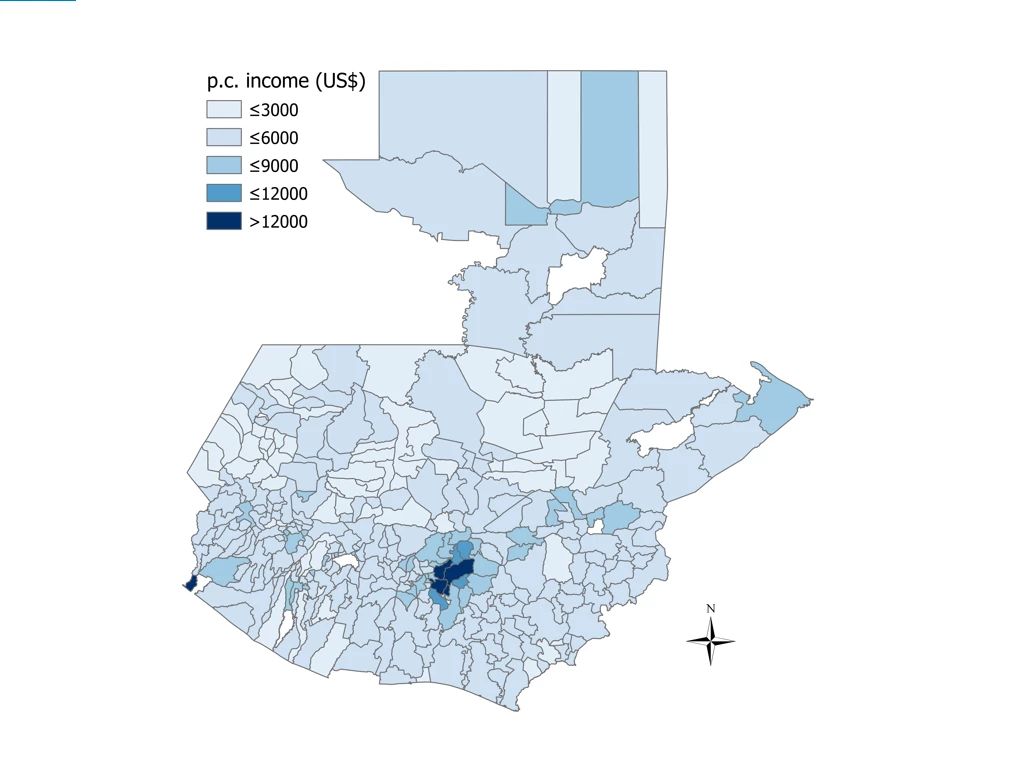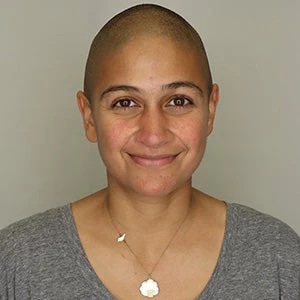
The Internet of Things (IoT) heralds a new world in which everything (well, almost everything) can now talk to you, through a combination of sensors and analytics. Cows can tell you when they’d like to be milked or when they’re sick, plants can tell you about their soil conditions and light frequency, your fridge can tell you when your food is going bad (and order you a new carton of milk), and your elevator can tell you how well it’s functioning.
At the World Bank, we’re looking at all these things (Things?) from a development angle. That’s the basis behind the new report, “Internet of Things: The New Government to Business Platform”, which focuses on how the Internet of Things can help governments deliver services better. The report looks at the ways that some cities have begun using IoT, and considers how governments can harness its benefits while minimizing potential risks and problems.
In short, it’s still the Wild West in terms of IoT and governments. The report found lots of IoT-related initiatives (lamppost sensors for measuring pollution, real-time transit updates through GPS devices, sensors for measuring volumes in garbage bins), but almost no scaled applications. Part of the story has to do with data – governments are still struggling how to collect and manage the vast quantities of data associated with IoT, and issues of data access and valuation also pose problems.
One important piece to the puzzle is policy – technology is outpacing the regulatory environment, and developing policies for IoT data access, collection and openness is a necessary step in the right direction. Tied to this, there’s a growing consensus that national statistical systems need to be modernized with better integration of new data sources, and we need to make sure we have the right policies and standards are available to do this.
The report offers a provisional toolkit to governments that are looking to incorporate IoT, with suggestions such as using “sandboxes” to pilot new IoT projects and having coordination agencies to cut through bureaucratic red tape. Public-private-academic partnerships also play a key role, given that many of the sensor networks and infrastructure are owned and operated by the private sector.
It’s always exciting to see the new opportunities that technology can afford us, but it’s never so simple to figure out how to put it into practice to truly serve those in need. That’s why work like this report is so important to us, and why we funded it through the Collaborative Data Innovations for Sustainable Development window in our Trust Fund for Statistical Capacity Building (TFSCB). The window supports collaboration, experimentation, learning and capacity development in sustainable development data. The TFSCB currently has a Call for Proposals for statistical capacity building projects that “Leave No One Behind” – if you have a project idea, submit your proposal here by February 8th!
In terms of the future of IoT for sustainable development, much depends on data use. The more that we see practical, open, and reproducible examples of IoT data being integrated and used with other sources, the more that the possibilities offered by IoT can be shared with a wider audience. In the long run, IoT data may ultimately become as routine a part of the data ecosystem as a survey or administrative record is today.


Join the Conversation